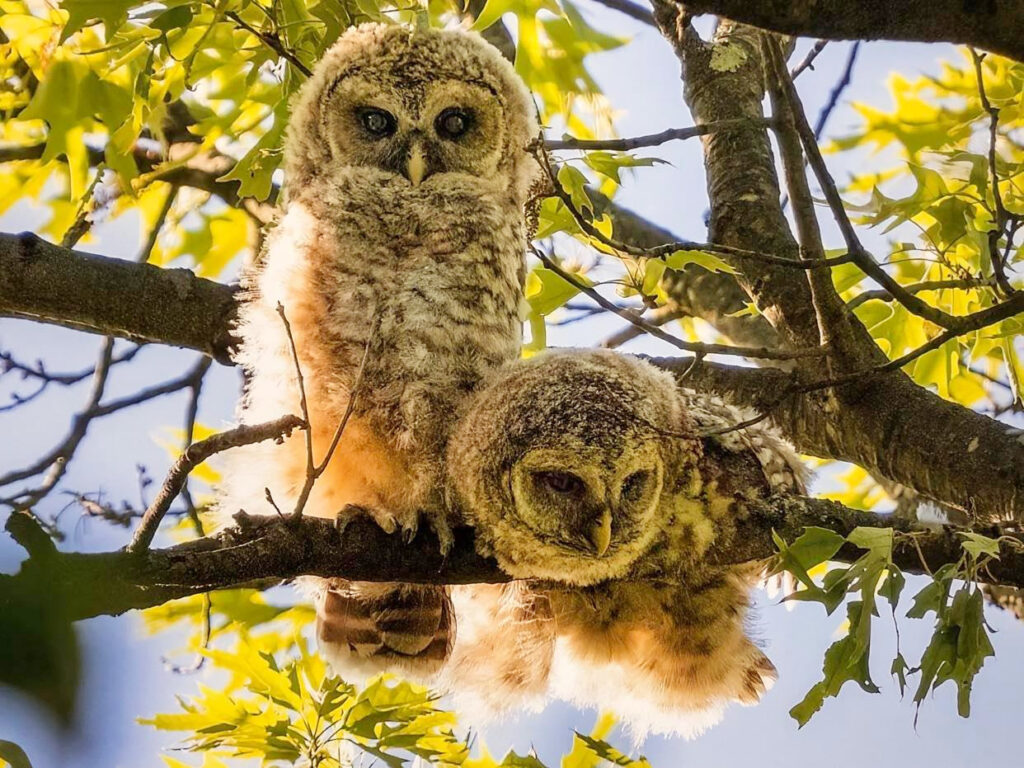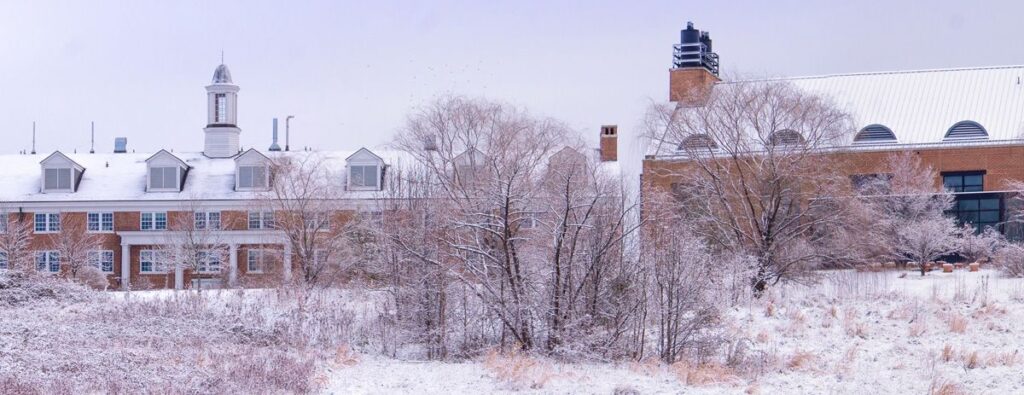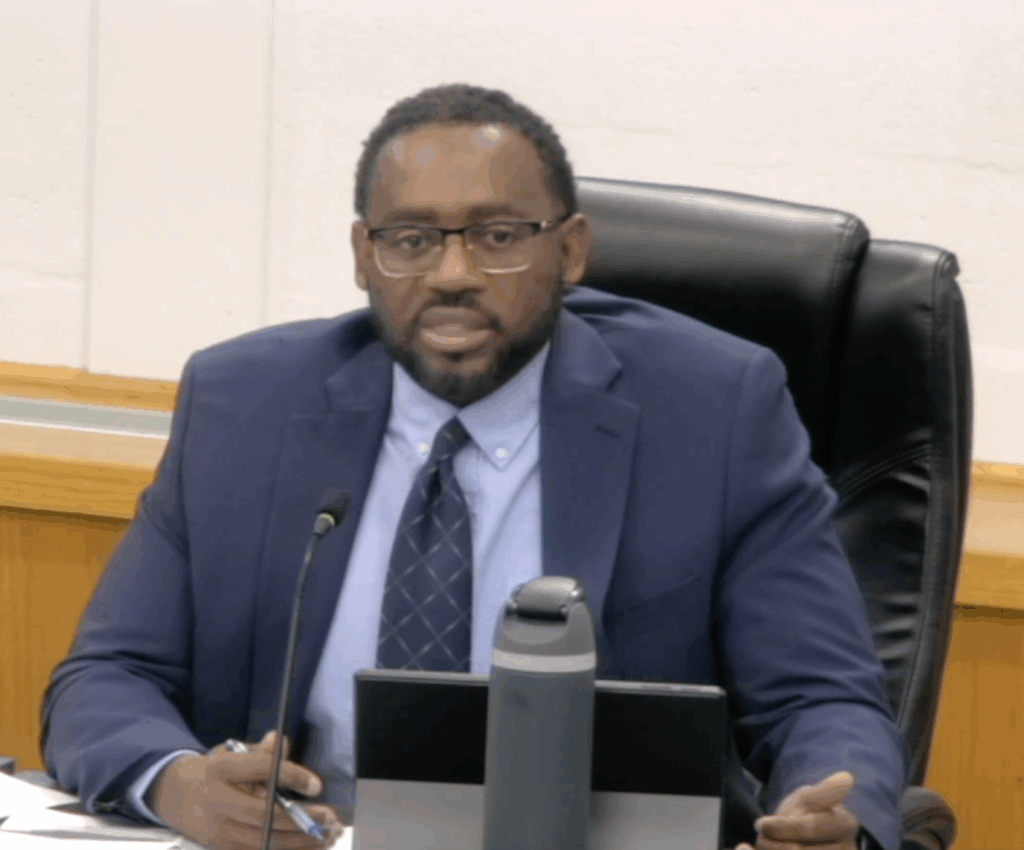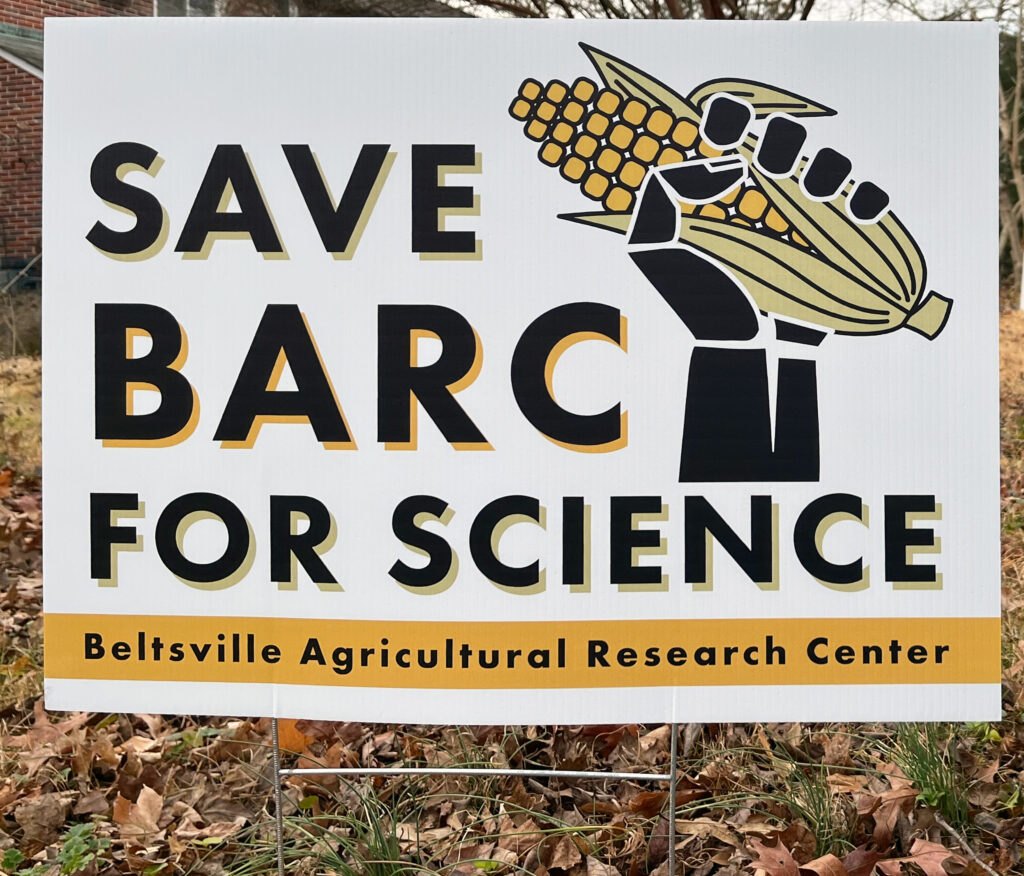The photography exhibit on display this month at the Patuxent Wildlife Visitor Center tells many stories about Greenbelt Lake, its wildlife, those who love and care for the lake’s treasures, and the photographers who capture their beauty. The stories include topics such as animal life and their behaviors, the excitement of seeing it and the joy of sharing it with others, management practices to preserve a healthy lake and the importance of creating new advocates to care for the lake into the future.
The community of photographers teach each other to recognize specific animals and their behavior patterns, and help each other develop their skills to photograph them.
The Photographers
The exhibit contains the work of 22 photographers – professionals and hobbyists with experience ranging from a single year to decades. Seventy percent have never exhibited before. They include an elementary school teacher, a former salesperson, a retired music teacher and a government retiree. Some have known Greenbelt Lake for decades or since childhood.
When Gloria Brown began walking at Lake Artemesia and Greenbelt Lake in retirement and mentioned the bird life to her son, photographer Bruce Smith, he bought her a camera. Brown met Graeme Simpson, a professional nature photographer originally from New Zealand, at Lake Artemesia and told him about Greenbelt Lake. He then told Ken Briefel about the lake.
The photographers live from Fort Washington to Greenbelt to Gaithersburg, visiting the lake as often as every day. Many are in contact daily, at the lake or online, pointing out the day’s wildlife, identifying species, reacting to each other’s work and sharing skills including camera settings and composition. One retiree said, “It keeps me mentally strong, involved with people, in touch with the outside world and up to date.”
Some capture many plants and animals; others focus on particular subjects. Kevin Higgins prefers reptiles: “I don’t know much about them, so that’s why I enjoy photographing them.” For Michael Garcia, it’s raptors. Marc Siegel is known for smartphone closeups from his kayak, and Raven Eyes Cagle her landscapes; Mick Morgan loves amphibians, Amy Wenzel birds and the great blue heron is Kathryn Beard’s favorite.
They use smartphones, simple point-and-shoot cameras or complex cameras and lenses. Mike Kilberg’s work demonstrates that successful wildlife photography doesn’t require long experience and expensive cameras. He began in spring 2022 with a point-and-shoot camera, just in time to capture the barred owls nesting at the Lake that year. David Crissinger learned from Simpson that it’s more about patience than gear, as when waiting for a creature to turn its head. Tom Statas said of his osprey flying with a fish, “It takes hours and hours to get a fish.”
Animal Behavior
Beard said orioles are “… very cool to see. The first week in May they start coming. When they first get here, they’re so excited, flying around, then they pick a tree [pointing to a hanging nest still visible in January]. It’s just fascinating seeing new things.” Kilberg said herons are “… wonderful subjects, it’s really fun to watch them fish.” Wade Stephen said that late winter brings a variety of waterfowl as they migrate through Maryland.
Ken Nguyen shot from the ground with a very long lens for his close-up of a parent sheltering owlets from the cold. Simpson said owls deliberately nest near paths and people for protection from natural predators like red-shouldered hawks, which don’t like to approach people and were also nesting at the lake (see Gloria Brown’s baby hawks).
Our Wildlife Neighbors
The exhibit opened with a high energy reception on Saturday, February 4, with about 200 attendees thronging the photos and hearing city environmental coordinator Kevin Carpenter-Driscoll tell how Greenbelt incorporates habitat protection in managing city green spaces. The man-made lake has become a natural ecosystem which the city supports with a mostly hands-off approach. Public Works (PW) leaves many dead trees, which owls need for nesting and hawks use as hunting perches. PW cages trees against beavers near paths for human safety, leaving uncaged trees elsewhere. PW promotes pollination with pollinator gardens and bee boxes and replaces invasive plants with competitive natives. These and other practices contribute to a diverse population, including turtles, bullfrogs, beavers, stocked trout, owls, cormorants, kingfishers, egrets, ospreys, herons, geese, mallards, grebes, wood ducks, green-winged teals and mergansers. Carpenter-Driscoll said Cornell University’s eBird observation database cites 167 confirmed bird species at the Lake.
Patuxent Connection
Just as humans commute between home and work, waterfowl move between Greenbelt Lake and other waterways, including Lake Artemesia and Patuxent Research Refuge’s Cash and Redington Lakes. Photographer Higgins said cormorants nest at Cash Lake and feed at Greenbelt Lake and eagles nest in the Beltsville Agriculture Research Center and feed at Greenbelt Lake. These waterways are part of green spaces extending from the 13,000-acre refuge south to the Anacostia and Potomac Rivers. These and other connections such as regular Greenbelt visitors and volunteers at Patuxent, led to its hosting the exhibit.
How About an Exhibit?
For years the photographers talked about exhibiting someday. In late 2021, Patuxent personnel told Simpson of a February 2023 gap in their gallery schedule, which he accepted for the group. When he asked them if they were interested in exhibiting, they were delighted and booked the dates. It took three months for 22
photographers to prepare an exhibit of one to three photos each.
How Did You Do That?
One element of photography is composition, arranging visual elements within the image. Suzanne Flynn captured a curving line of four mallards that draws the eye to the most colorful duck, surrounded by golden water reflecting autumn leaf colors. Wenzel’s egret photo applied camera settings and composition for unfocused background color to take the viewer’s attention to the focused egret in the center foreground, where backlight glows through the feathers and highlights its sharply detailed beak and eye. The egret’s stance is similar to its umbrella hunting position, whose shade helps it attract fish.
Crissinger’s photo of a deer family shows a photo doesn’t have to be large to tell a story. The mother and two fawns are playing in a shallow stream, the light on the mother’s ears drawing the eye to their feet kicking up splashes of white water in the center, doubled by their reflections in the water. Family fun at the water park!
Want to learn more about these techniques? Simpson will speak at 11 a.m. each Saturday in February at the Patuxent Wildlife Visitor Center. The interactive discussion will address the perspectives, color, lighting and subject matter shown in these photos, as well as exhibition preparation and display formats.
Patience
Please don’t think these photographers show up, take a perfect photo and move on to the next perfect photo. These 47 photos represent many hours and many shots at the scene, and then a careful selection of shots that best illustrate the features or behavior that interested the photographer. It does take patience, but you can also “expect the unexpected,” Crissinger said. Another echoed him: “One of the things I really like about nature – it’s never the same. I come here every day, the birds change, this year owls, the hawks’ nest, waterfowl come and go, and I never know what I’m gonna see. That’s what makes it fun.”
Greenbelters Hilda and John commented, “It’s amazing that all of this came from Greenbelt Lake. A lot of people don’t know how much wildlife is nearby.” When the photographers are asked “Where did you see that?”, and answer “Greenbelt Lake” or “Lake Artemesia,” they become local wildlife and green space evangelists to their listeners. A photographer said, “Lots of people don’t get a chance to see this. If I share [my photos], maybe more people will appreciate the animals.”
Vlad Tchompalov noted, “When you come here every day, you start to see patterns, you start to appreciate the nature, you see one bird and then others, you see more and more. You start to appreciate the beautiful ecosystem, and how interconnected the different species are. It was natural that we started to photograph it. It let us appreciate it in a whole new light.”
Higgins said, “We’re very lucky to have these parks, an oasis in urban sprawl … Sometimes I’ll hear someone in a park wishing kids would be quieter, and I tell them, ‘If you like these parks, we’ve gotta get MORE kids to come out and fall in love, otherwise the parks will be gone because they’ll say they’re not important.’”
The exhibit is open through February 28 at the National Wildlife Visitor Center, 10901 Scarlet Tanager Loop, off Powder Mill Road south of Md. 193. The visitor center is open on Tuesdays through Saturdays from 9 a.m. to 4:30 p.m.





